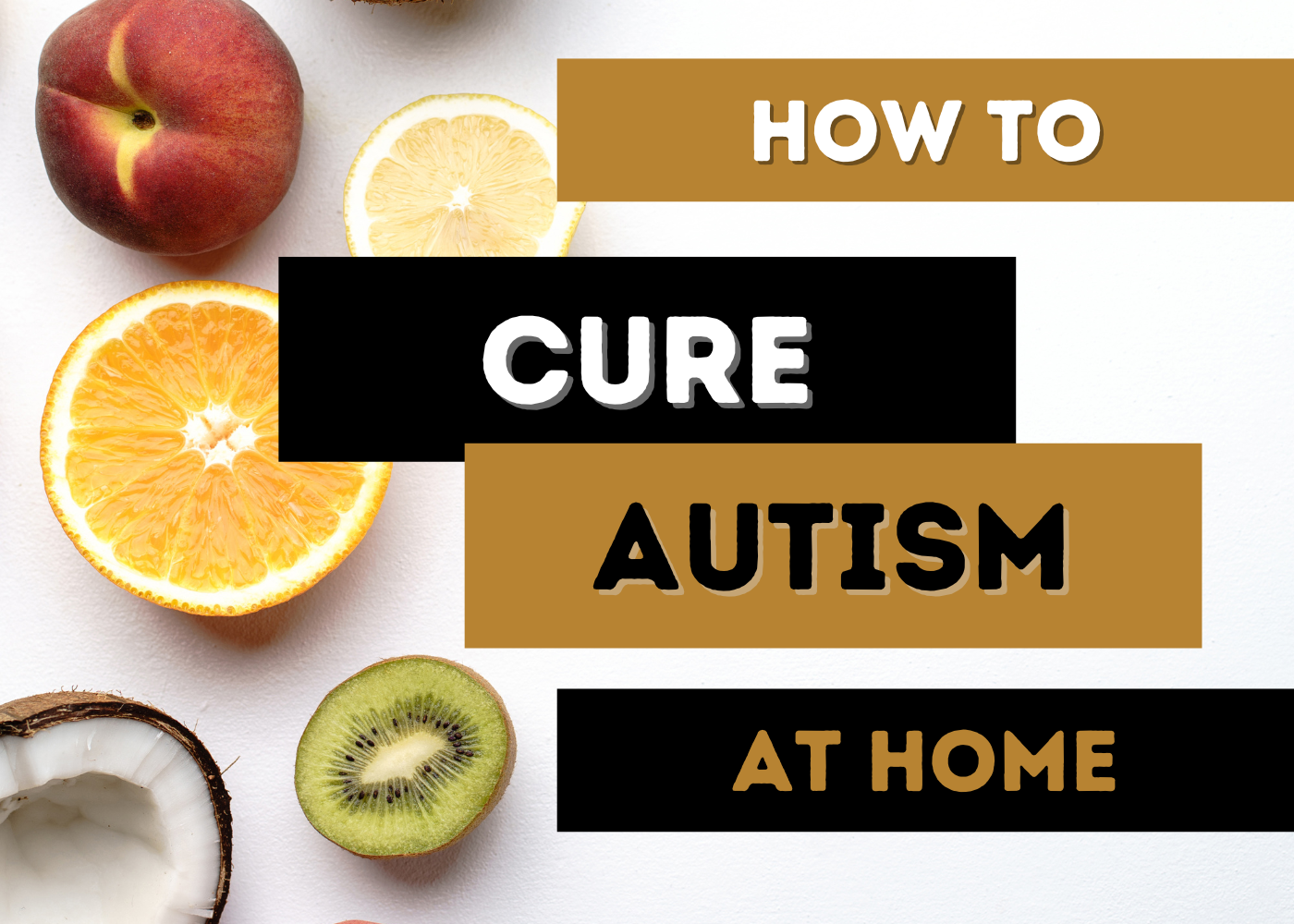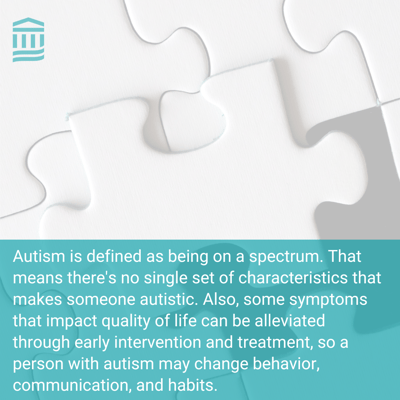National Organization Of Unique Education And Learning Instructors: Kinds Of Autism Spectrum Disorders
As an example, if someone's stimming behavior is skin selecting, this could have an unfavorable impact on the wellness of the individual's body. It could additionally negatively influence accomplishing tasks (if the person is focused on skin selecting instead of doing essential tasks) and it can negatively affect partnerships or social experiences. Autism spectrum problem (ASD) is diagnosed with a detailed analysis procedure that consists of monitoring, standardized assessments, developing history testimonial, and partnership amongst health care specialists.
- The term "autism" was very first coined in 1911 by Swiss psychiatrist Eugen Bleuler, who used it to explain a signs and symptom of schizophrenia.Nonetheless, people with Asperger's syndrome might likewise show one-of-a-kind toughness and capacities.The change from DSM-IV to DSM-5 brought considerable changes in the diagnostic requirements for ASD.Identifying these differences is essential for providing appropriate and efficient support and treatment of ASD in kids.Open up communication amongst member of the family regarding experiences related to autism fosters an environment where every person really feels recognized and valued.This overview strolls you via the various kinds of autism and how to obtain an official diagnosis so you or your loved one can begin therapy to take care of symptoms better.
Standard tests may likewise be used to gauge cognitive capabilities and flexible functioning. Diagnosing autism entails a multi-faceted approach that consists of developmental testings and extensive evaluations by qualified experts such as psychologists or doctors. Early diagnosis is essential as it allows for timely intervention which can dramatically boost end results. At Behavioral Intervention for Autism, we are dedicated to giving top notch ABA treatment in Florida, developed to fulfill the one-of-a-kind demands of each individual. Our knowledgeable group is committed to providing customized and efficient interventions that make a meaningful distinction. If you're aiming to find out more regarding just how our solutions can sustain you, don't wait to reach out to us today.
What Are The 5 Various Types Of Autism?
Much more particularly, the DSM-4 included autism within a category of conditions called Pervasive Developmental Problems (PDDs). All PDDs in the DSM-4 consisted of Autistic Disorder, Asperger's Disorder, Rett's Problem, Childhood Disintegrative Condition, and Pervasive Developmental Disorder Not Or Else Specified (PDD-NOS). The DSM-4 taken into consideration autism range problem to include Autistic Disorder, Asperger's Problem, and Pervasive Developmental Condition. If you or a liked one is looking for specialist support, Blossom ABA provides comprehensive ABA treatment solutions developed to meet the distinct needs of each individual.
Type 2: Autistic Problem (Traditional Autism)
Individuals detected with Level 2 autism face much more noticable obstacles with social communication and behavioral versatility than those with Degree 1. Nonetheless, the DSM-- 5 now details 3 various degrees of ASD, which doctors determine according to the amount of support an individual calls for. The autism spectrum refers to the variety of prospective differences, abilities, and levels of ability that are present in autistic people. " Each kind of Autism shows a level of problem that a patient faces with verbal, social and communicative communications. As our understanding of autism grew, so did the demand for a standardized category system.
Customizing Assistance And Interventions


ALDs include listening to help, which magnify audio, and individual amplifiers, which are useful in individually conversations. Some of us may take advantage of FM systems, which aid in noisy atmospheres by sending audio directly to our ears. Call toll-free in B.C., 8-1-1, or for the deaf and tough of hearing to obtain personalized aid.
You can determine this type of autism by observing the child and noting what area the youngster presents a deficit in, such as connecting with others. PDD-NOS is often described as "subthreshold autism," as it is a term made use of to describe an individual that has some yet not all signs and symptoms of autism. The concept of an autism spectrum stands for a standard change in how we view and approach autism. Rather than unique categories, autism is now understood as a continuum of neurodevelopmental problems. This spectrum design recognizes the large irregularity in signs and severity among people with autism.Childhood Years Disintegrative Problem (CDD) is an unusual type of ASD where youngsters create commonly throughout the early years, striking milestones like speech and social communication. Around age two, however, they begin to regress, shedding previously acquired abilities. This regression can accompany seizures or various other neurological conditions, including an additional layer of intricacy to comprehending ASD. People with Level 1 ASD usually develop solid spoken abilities yet may encounter challenges in social setups. Regardless of their advanced vocabulary, they can fight with analysis social cues and may establish extreme, specific rate of interests. They normally do not experience speech hold-ups, making it crucial to focus on their social advancement.
The asd disorder Diagnostic and Analytical Manual of Mental Disorders (DSM) has actually played a vital function in this process. The DSM-IV, released in 1994, identified several unique subtypes of autism, consisting of Autistic Problem, Asperger's Disorder, and Pervasive Developing Disorder-Not Or Else Defined (PDD-NOS). Second, it aids to resolve mistaken beliefs and stereotypes about autism, promoting a more comprehensive culture.